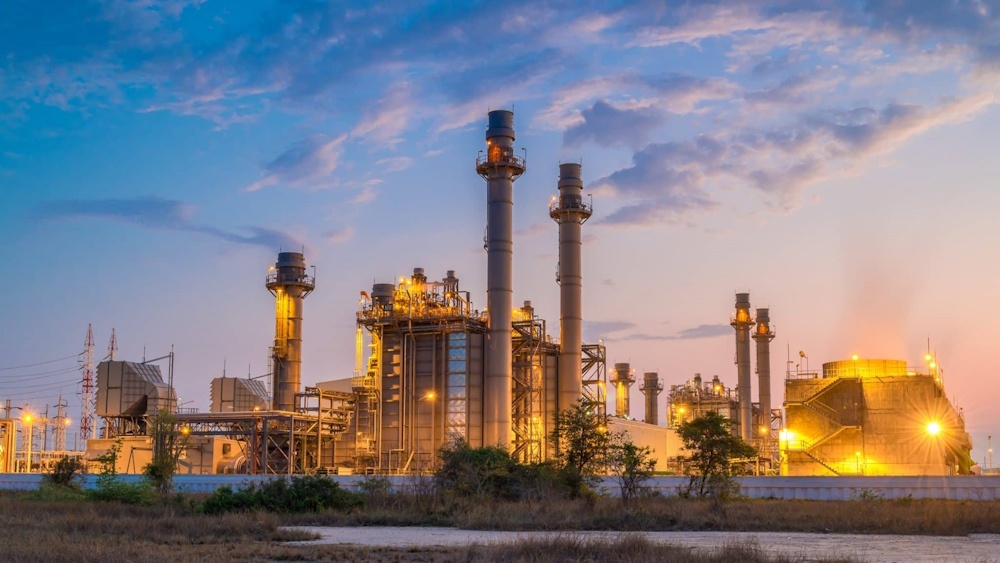
U.S. natural gas futures experienced an 8.1% decline over the past week, as the market faced significant volatility driven by tariffs. Meanwhile, near-term fundamentals continue to indicate a bearish outlook as the industry transitions into the low-demand shoulder season. NatGasWeather.com has indicated in a recent note that assessing the impact of weather trends on prices has proven challenging, though there may be some influence. Feedgas flows to LNG export facilities continue to show resilience, as robust wind and solar energy production appears to be curbing demand within the power sector, according to the latest insights from the forecaster. Nymex natural gas prices closed lower today, settling down 0.8% at $3.527 per million British thermal units (mmBtu).
U.S. natural gas futures have experienced a decline as the volatility associated with tariffs subsides. Market attention is now shifting towards the bearish factors of the low-demand shoulder season, highlighted by a fourth consecutive weekly storage build that has contributed to a further reduction in the inventory deficit. Eli Rubin of EBW Analytics indicates in a recent note that the period of forced selling following the U.S. tariff announcements may have come to an end. “The recent reduction of speculative long positions has brought near-term pricing in line with fair fundamental value.” Nymex natural gas has declined by 2.4%, currently trading at $3.471 per million British thermal units (mmBtu).
According to Rabobank’s Florence Schmit, the ongoing trade war between the U.S. and China is causing a significant shift in global LNG flows, resulting in an increased supply available to Europe for this year and potentially into next year. “An expected reduction in LNG demand from China is emerging as the next somewhat bearish influence on gas markets,” the energy strategist states. The European Union continues to deliberate on potential modifications to the gas storage mandate, a move that could significantly lower the bloc’s gas demand during the summer months by several billion cubic meters. Rabobank has revised its TTF price forecasts, now projecting prices to range in the high 30 euros per megawatt hour for the period spanning the second to fourth quarters of the year, a decrease from the previous estimate of 44 euros. Forecasts for the TTF in 2026 have been revised downwards to 30 euros per megawatt hour, a decrease from earlier projections of 35.50 euros.
European natural-gas prices experienced an uptick in early trading, yet they are on track for a weekly decline exceeding 7%. This fluctuation comes as the market navigates the implications of anticipated weaker economic growth and ongoing trade disruptions. The benchmark Dutch TTF contract has seen an increase of 1.4%, now trading at 33.75 euros per megawatt hour. This uptick follows U.S. President Trump’s decision to pause reciprocal tariffs on the majority of countries for a period of 90 days, while simultaneously raising duties on China. In the current landscape, Europe is confronted with a notably difficult stockpiling season this year. Entsog, the European gas transmission group, has issued a warning regarding the urgent need to begin replenishing gas inventories. The organization emphasized that the continent will necessitate a greater volume of LNG than in previous summers.
